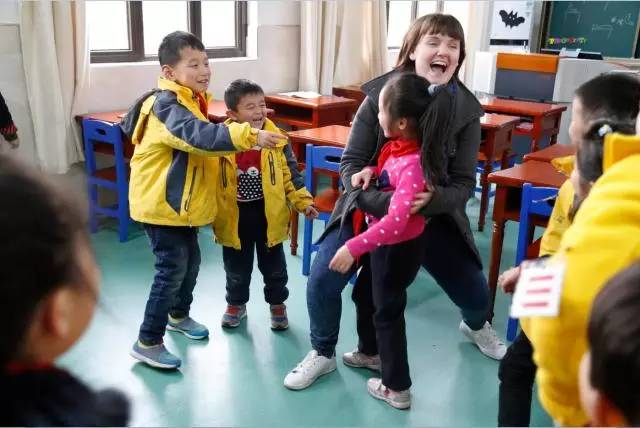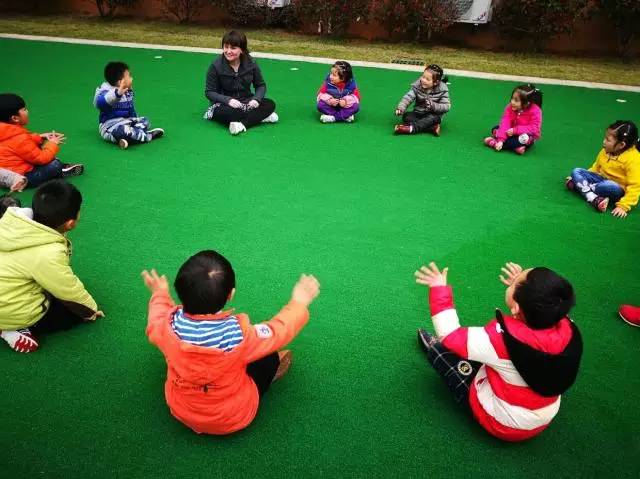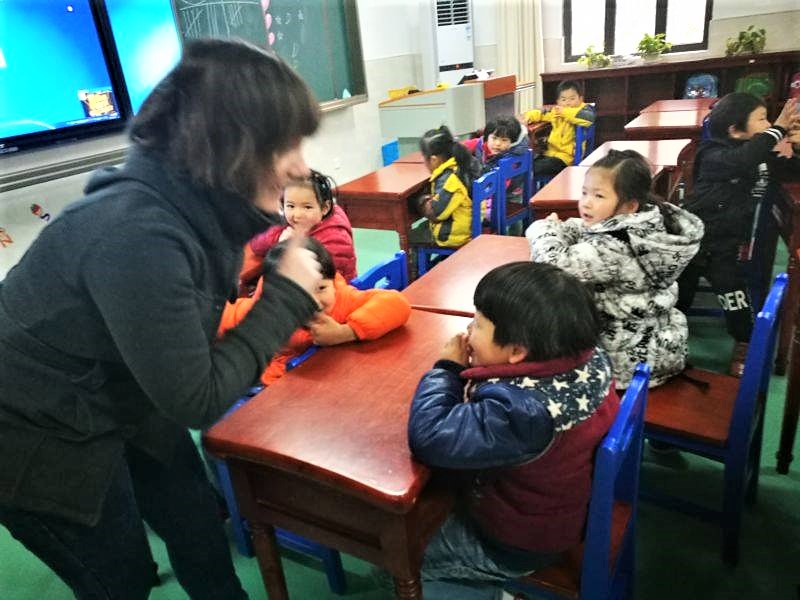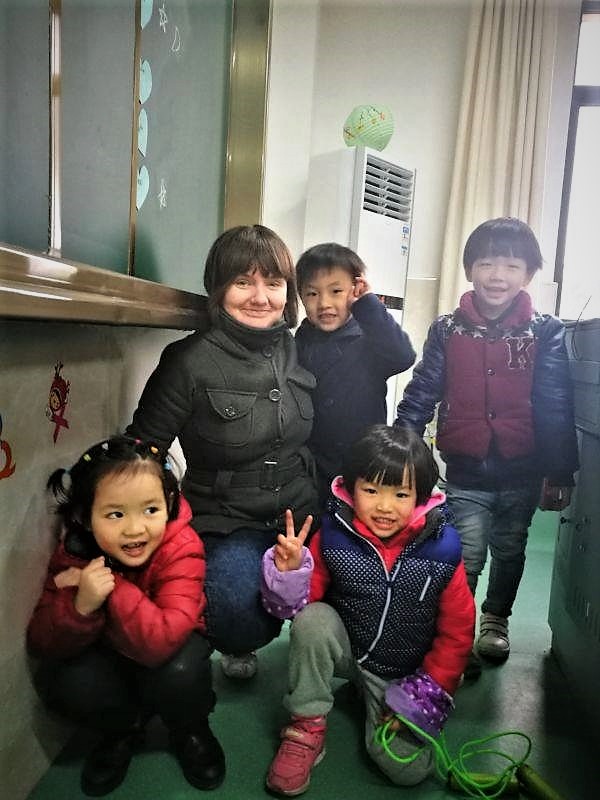By Sarah Easter, long-term teacher in Wuhan (2017-2018)
With only having 70 children in total within my school, I set myself a goal to learn all of their names in my first 4 weeks here. I teach at a private primary school a little outside of Wuhan, Hubei Province. It is a very small school compared to the average of Wuhan due to its location (1 hour by bus to Wuhan) and also due to being private. In total there are 70 children in six classes (preschool 1 and 2, grade 1, 2, 3 and 4). Each class is very small averaging at about twelve children per class. Other teachers who teach in Central Wuhan may have about 800 children a week, so learning all of their names is just impossible. With 70 children in total it is a lot easier to learn all of their names, despite the struggle with slight misunderstanding and the struggle that a lot of Chinese kids look alike. Nearly all of my students have English names, and if not, then I am allowed to give them one as learning their Chinese names would take a lot longer.
When looking at the names there is quite a variety; from weird names, funny names and just basic average names. The average names which you also have in England are for example Tina, Lee, Jason, Tony, Jerry, Tom, Cindy, Leo etc., but there are also names where you wonder where the parents got those from. In grades 1 and 2 there is Captain, Race, Rex and King and in preschool class 1 there are Cherry, Warner and Candy. I also have two kids named Sunny, a girl and a boy. You also have names that have been popular on screen, for example Elsa from Frozen. Sometimes you just have no idea where a name comes from, Guzzi is an example of that.
When I am asked to give one of the kids an English name then it must be something that is easy to pronounce, preferably having only one syllable. It kind of feels like a big responsibility when naming a child because that’s the name he or she will have forever. However they might never really use that name because the likelihood of travelling to a Western country and having to use the English name is quite low. I am always a little nervous when I name a child and put a lot of thought into it. So I named one boy Peter, relating it to Peter Pan, and another boy I named Maxi, because I had it on my short list of names and one of the girls was pointing at him saying Maxi. This could have been something in Chinese and totally not related to my name-finding process. I also gave one of the teachers an English name, which is a little different than giving the kids a name because the adults want names that sounds similar to their Chinese name. The teacher’s Chinese name is Lü si, so the obvious choice was Lucy.
It is the same with receiving a Chinese name, it always sounds similar to your original name. Therefore my Chinese name is Sha la (沙拉), due to the fact that Chinese cannot pronounce the r in Sarah. Sha la (沙拉) actually means salad, which also reflects how some people call me here as they cannot pronounce my name correctly. Normally Chinese names are really metaphorical with an important meaning, for example Li (丽) means beautiful and is commonly used in female names. So being called salad is quite unusual. The kids however call me Sarah laoshi (老师), which means teacher and is a very polite way to address me.
Some of the kids are having problems pronouncing their own names, which often leads to funny misunderstandings. It took me 3 weeks to finally figure out that Henry and Harry the same person, just that no one seems to be able to pronounce the n in Henry. It also took me a while to figure out that Andy was not Amy, which should have been more obvious because Andy does not really look like a girl, but I did not want to judge. And a teacher had to write down Bruce for me because I could not figure out what they were trying to say.
I am still trying to find the best way to remember all of the names, because to be honest it sometimes is quite difficult to differentiate between them. I know that it is a stereotype that all Chinese people look alike but in some cases it is absolutely true, especially the children. Sometimes I recognize the different hair style, but hair styles are not fixed. Clothes also help but that is also not fixed, especially when they are supposed to be wearing some kind of school uniform. This leaves a little room for individuality, but not enough to be able to differentiate better.
So I guess the best way to learn the names is by asking them again and again. By now I would say that I know about 60% of them by heart, the other 40% I still have problems with. The teachers gave me a list of all the names in every class that I take with me everywhere I go. With this list I call on every student to stand up and say something that they learnt from my previous lesson. This activity helps me learn the students’ names whilst also being practical for learning.
Knowing the names is very helpful throughout a lesson, because if one of them is noisy or is acting out, then you can call on them and tell them to be quiet or to sit back down. In a class with 50 children the only way of gaining control is by yelling louder than they are, or by trying to point to the student that is acting out, which is not very efficient. So it helps a lot with regards to controlling the class if you know their names and it also helps when you can call on them individually when they did a good job.
All in all it is a good idea to learn all of the students’ names to help be on top of what every individual student is doing and just to make teaching a little more personal. Names are a very funny experience in China and sometimes a little difficult to get straight, but I am confident that I will soon know them all.





Leave A Comment
You must be logged in to post a comment.